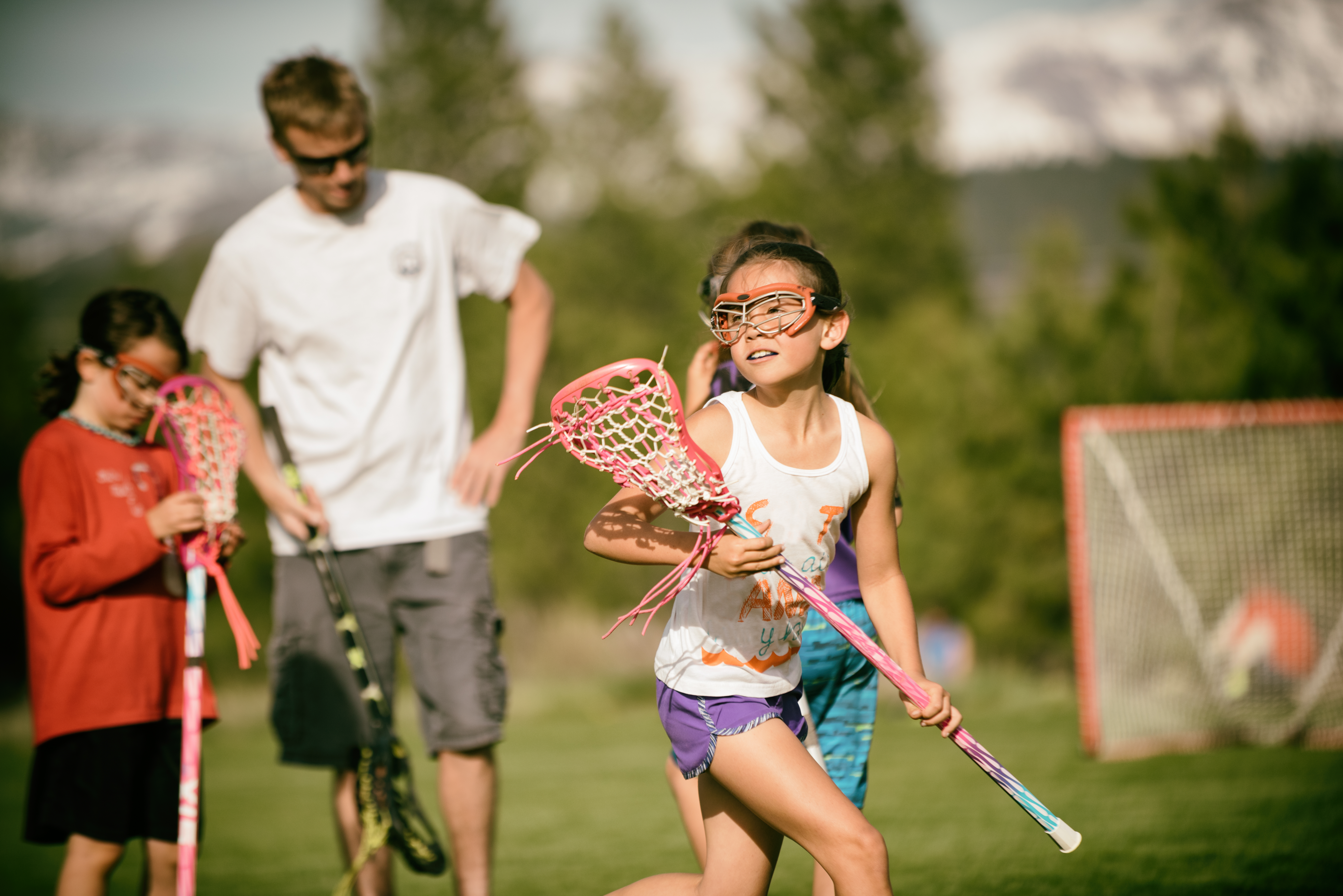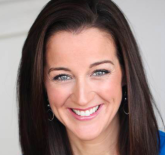Intramural Activities - Have We Evolved Enough?

Previously published in Volume 81, Issue 2
Physical education curricula and programs have improved in recent years. Innovative outcome-based curriculum is now replacing more traditional programs. Educators have also made waves in both physical education instruction and assessment and, in some instances, in the nutritional content of food offerings. While these improvements should be applauded, there is a lot more work to be done to reach the high standard of Health Promoting Schools (HPS) our students deserve.
For example, one area often in need of a makeover is activity time offered outside of physical education class. Reflecting on the many schools I visited while supervising pre-service teachers, the extra curricular physical activity offerings often resembled the same ones offered to me as a student. A key objective of the before- and after-school periods, as well as during recess and lunch breaks, is to provide more activity time because we know the many benefits of physical activity. Another priority in these time slots is to attract as many students as possible and make certain that every student has choices that appeal to her or him at some point during the school year.
Nine Tips for Planning Inclusive Intramurals
The points, below, are areas to consider as you think critically about your before- and after-school and intramural program offerings.
-
Include student voices. Great teachers meet curriculum outcomes while still providing students with choice. Students should be surveyed about their interests for activity offerings and schools should do what they can to ensure students’ voices are heard.
-
Consider gender and participation. Youth, whenever possible, should be able to choose if they want to participate in a single-gender or mixed-gender environment. It is important that students have choice, and that we avoid making assumptions or generalizing when it comes to our perceptions of what males and females prefer.
-
Integrate non-traditional sports. If your intramural program is viewed as an opportunity to hone sport specific skills, you are forgetting that many youth do not view themselves as competent in these sports. For example, when was the last time you signed up for something you perceived yourself to be really bad at? Thus, consider replacing or adding to traditional sports with more non-traditional offerings that might include modified games, dance or an orienteering/hiking/Nordic walking option.
-
Include action sports. Youth physical literacy is absolutely supported through many action sports, such as skateboarding. Many youth who enjoy and thrive in action sports may not see the school as a place that values their passions if versions of action sports are omitted while traditional sport offerings are plentiful.
-
Be culturally relevant. Acknowledge the culture(s) of the community the school is in and also the cultures of the students who attend the schools. Perhaps an international game would be very popular in a school with a high percentage of newcomer students, or more indigenous games at schools with a high level of Aboriginal, First Nation or Metis students. You know your students best, and showing them that they are able to celebrate their culture is one way to encourage their participation.
-
Be aware of religious considerations. If you have students with particular religious beliefs, and those beliefs affect students’ clothing options, it is important that clothing rules for participation accommodate these needs. Clearly communicate these rules to your students so they are not left wondering if the program will accommodate their beliefs.
-
Involve parents and guardians. Parents and guardians are key members of the school community — and capable ones, too! Reach out to them if you would like to offer an activity you might not feel competent leading. You likely have a parent who is a yoga teacher, an avid cyclist or a dancer. Engage parents and guardians to lead or mentor you so you can best meet your students’ needs.
-
Engage classroom teachers. You might be the physical activity leader at your school since you teach physical education, and you might be the person most versed on how to provide age- and developmentally appropriate activities with individualized instruction and in a motivating setting. But that doesn’t mean you have to teach these things alone. Collaborate with classroom teachers and invite them to be a part of journey to improve activity offerings.
-
Set a goal. Determine the percentage of students you want to see participating in an activity offering at any given time of the year and let the students know the goal. Encourage them to adopt this goal toward healthy and active living and empower them to help the goal become a reality.
This list is not exhaustive, but it’s a place to start thinking about the activity offerings that currently exist in your school. The most important question you can ask yourself related to activity offerings outside of PE is: Are the students who need this program the most the ones who are attending? If not, be determined to help make sure they do.








